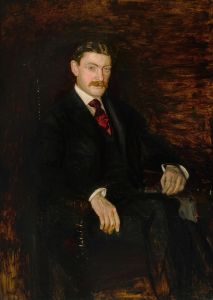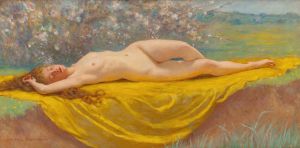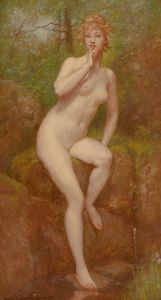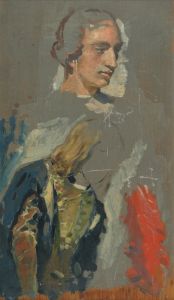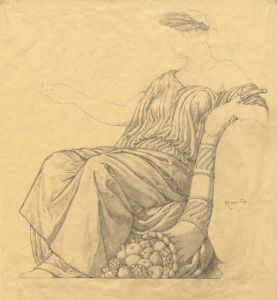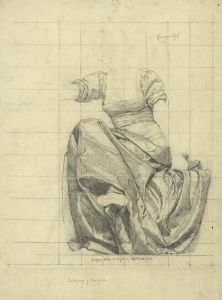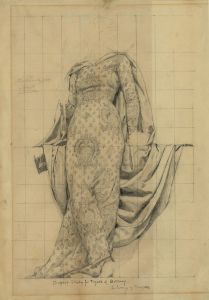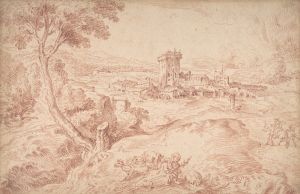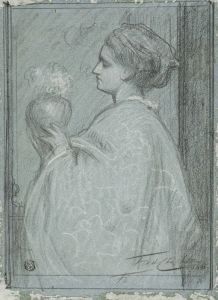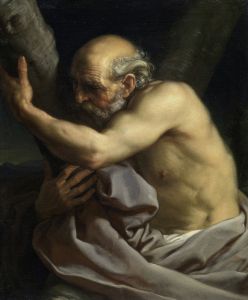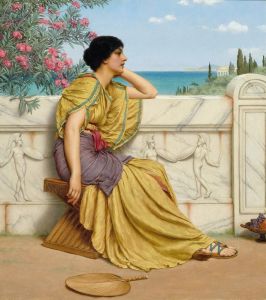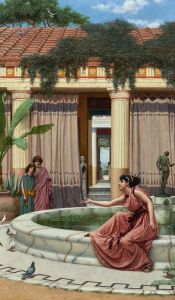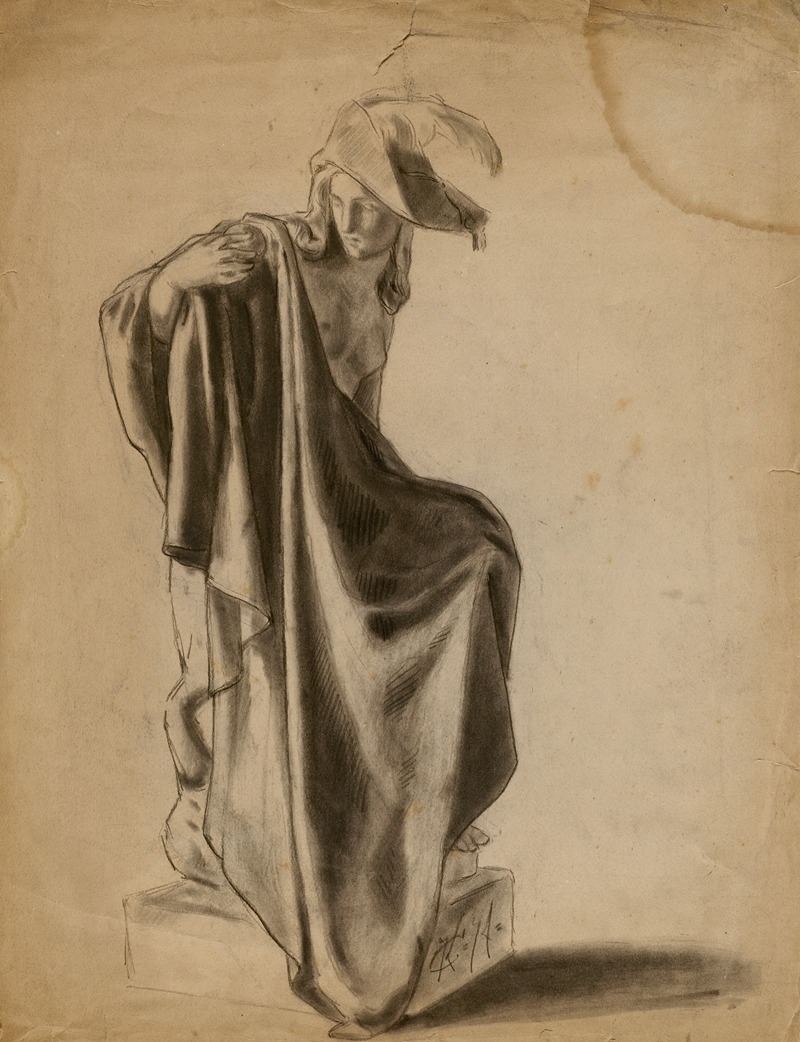
A hand-painted replica of Kenyon Cox’s masterpiece , meticulously crafted by professional artists to capture the true essence of the original. Each piece is created with museum-quality canvas and rare mineral pigments, carefully painted by experienced artists with delicate brushstrokes and rich, layered colors to perfectly recreate the texture of the original artwork. Unlike machine-printed reproductions, this hand-painted version brings the painting to life, infused with the artist’s emotions and skill in every stroke. Whether for personal collection or home decoration, it instantly elevates the artistic atmosphere of any space.
Kenyon Cox was an American painter, illustrator, muralist, writer, and teacher, known for his classical style and significant contributions to the American art scene in the late 19th and early 20th centuries. Born on October 27, 1856, in Warren, Ohio, Cox was a prominent figure in the American Renaissance movement, which sought to bring classical ideals and techniques to American art and architecture.
Cox studied at the Pennsylvania Academy of the Fine Arts and later at the École des Beaux-Arts in Paris, where he was influenced by the academic traditions of European art. His education in Paris exposed him to the works of the Old Masters and the principles of classical art, which would heavily influence his style and philosophy throughout his career.
Upon returning to the United States, Cox became a key figure in the American art world, both as an artist and as an educator. He taught at the Art Students League of New York, where he influenced a generation of American artists. His teachings emphasized the importance of drawing, composition, and the study of the human figure, reflecting his classical training and beliefs.
Cox's work is characterized by its adherence to classical ideals, with a focus on harmony, balance, and the depiction of the human form. He was known for his murals and allegorical paintings, which often featured mythological and historical themes. His murals can be found in several prominent buildings, including the Library of Congress in Washington, D.C., and the Wisconsin State Capitol.
In addition to his work as a painter and muralist, Cox was a prolific writer and art critic. He contributed articles to various art journals and publications, where he articulated his views on art and aesthetics. He was a strong advocate for the classical tradition in art, often critiquing modernist movements that he felt deviated from these principles.
Cox's influence extended beyond his own work, as he played a significant role in shaping the American art scene during his time. He was a member of the National Academy of Design and the Society of American Artists, and he was involved in various art organizations and exhibitions.
Despite his contributions to American art, Cox's work and philosophy were sometimes at odds with the emerging modernist movements of the early 20th century. However, his dedication to classical ideals and his impact as an educator and writer ensured his lasting legacy in the history of American art.
Kenyon Cox passed away on March 17, 1919, leaving behind a body of work that continues to be studied and appreciated for its technical skill and adherence to classical principles. His legacy is preserved not only in his paintings and murals but also in his writings and teachings, which continue to influence artists and art historians today.






